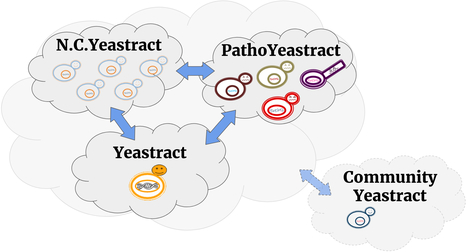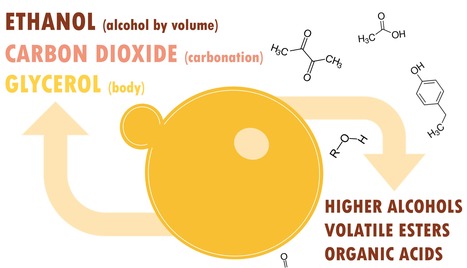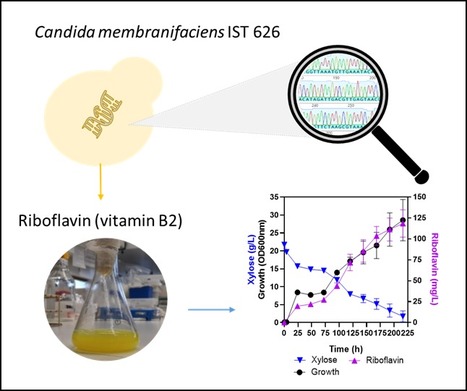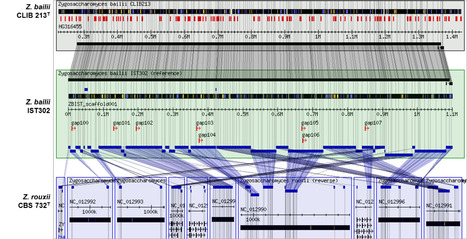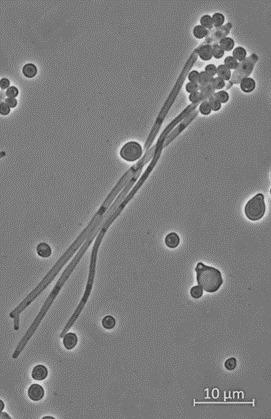
A BSRG-iBB research paper just published in International Journal of Systematic and Evolutionary Microbiology reports the isolation, identification, and morphological and phylogenetic characterization of Blastobotrys navarrensis IST 508. The isolation of this yeast strain from a soil sample collected underneath an olive tree in Ferreira do Alentejo was essential to propose the taxonomic separation of B. navarrensis, so far represented by the single strain CBS 139.77, from Blastobotrys proliferans, which until this study was considered a synonym species. Molecular and phylogenetic data was used to propose B. navarrensis as an independent species and not a later synonym of B. proliferans. An emended description of B. navarrensis was also proposed. This research paper has as first- and corresponding- author Dr. Margarida Palma, who coordinated the investigation with contributions by Professor Isabel Sá-Correia. The article is also co-authored by former Master students Érica Vieira and Margarida Pataco, both from MSc in Biotechnology, IST.



 Your new post is loading...
Your new post is loading...

